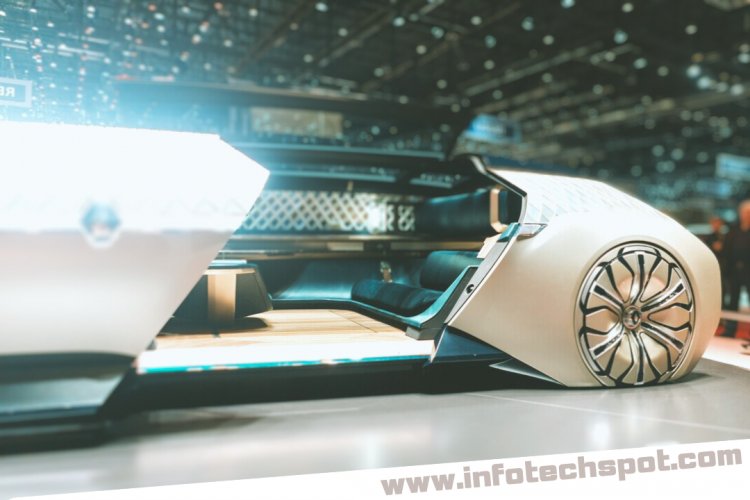The Future of Transportation
This article will delve into the exciting developments and trends shaping the future of conveyance.

Introduction:
The future of transportation holds immense potential for revolutionizing the way we move from one place to another. With advancements in technology, the moving industry is undergoing a transformative phase, offering innovative solutions for enhanced efficiency, reduced environmental impact, and improved user experience. This article will delve into the exciting developments and trends shaping the future of conveyance.
I. Electric Vehicles: Paving the Way for Sustainable Mobility
Electric vehicles (EVs) are at the forefront of sustainable transportation. As concerns about climate change and environmental conservation grow, EVs offer a cleaner alternative to traditional gasoline-powered vehicles. They rely on electricity for propulsion, resulting in zero tailpipe emissions. Moreover, advancements in battery technology are extending their range and reducing charging time, making them more practical for everyday use.
II. Autonomous Vehicles: Redefining Mobility and Safety
The advent of autonomous vehicles (AVs) promises to revolutionize conveyance as we know it. These self-driving vehicles rely on cutting-edge technologies like artificial intelligence (AI), sensors, and cameras to navigate and make decisions on the road. AVs have the potential to improve road safety, reduce traffic congestion, and enhance moving accessibility for people with disabilities or limited mobility.
III. Hyperloop: Transforming Long-Distance Travel
The Hyperloop concept, popularized by entrepreneur Elon Musk, envisions high-speed conveyance in a vacuum-sealed tube. By eliminating air resistance, Hyperloop pods could achieve unprecedented speeds, significantly reducing travel times for long distances. This futuristic mode of carriage holds the potential to connect cities and regions, unlocking economic opportunities and transforming the way we commute and travel.
IV. Urban Air Mobility: Taking to the Skies
Urban air mobility (UAM) refers to the concept of utilizing electric-powered aircraft for short-distance carriage within urban areas. With the development of electric vertical takeoff and landing (eVTOL) aircraft, UAM aims to alleviate traffic congestion and provide efficient moving options. Imagine a future where commuters can take to the skies, bypassing ground-level traffic and reaching their destinations faster.
V. Sustainable Infrastructure: Building for the Future
The future of transportation goes hand in hand with the development of sustainable infrastructure. This includes the construction of charging stations for EVs, the establishment of smart conveyance systems, and the integration of renewable energy sources into power carriage networks. Sustainable infrastructure not only supports the adoption of eco-friendly vehicles but also ensures efficient and reliable carriage systems for the future.
VI. Mobility as a Service (MaaS): The Rise of Integrated Transportation
Mobility as a Service (MaaS) is an emerging concept that envisions a comprehensive, interconnected hauling system. By integrating various modes of hauling, including public transit, ride-sharing, and bike-sharing, MaaS aims to provide seamless and convenient mobility options. With the help of mobile apps and digital platforms, users can plan their journeys, select the most efficient routes, and pay for multiple modes of moving through a single platform
VII. Challenges and Considerations
While the future of transportation is full of promise, it also comes with its share of challenges. Ensuring cybersecurity in autonomous vehicles, addressing infrastructure requirements, and managing the transition from conventional to sustainable transportation are among the key considerations. Additionally, policy and regulatory frameworks need to keep pace with technological advancements to promote innovation while ensuring safety and accountability.
Conclusion,
The future of transportation holds incredible potential for transforming the way we move, making it more sustainable, efficient, and convenient. From electric vehicles and autonomous technologies to hyperloop and urban air mobility, each innovation brings us closer to a future where the carriage is cleaner, safer, and more accessible. By embracing these advancements and overcoming challenges, we can shape a moving landscape that benefits individuals, communities, and the planet as a whole.










